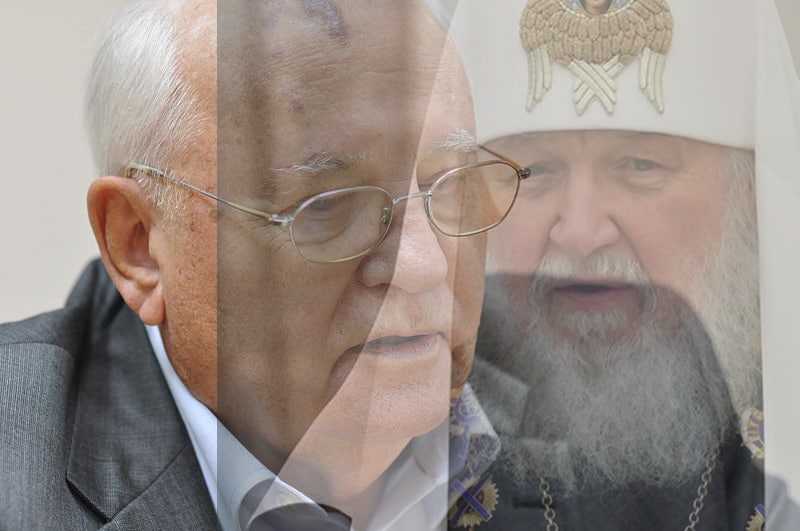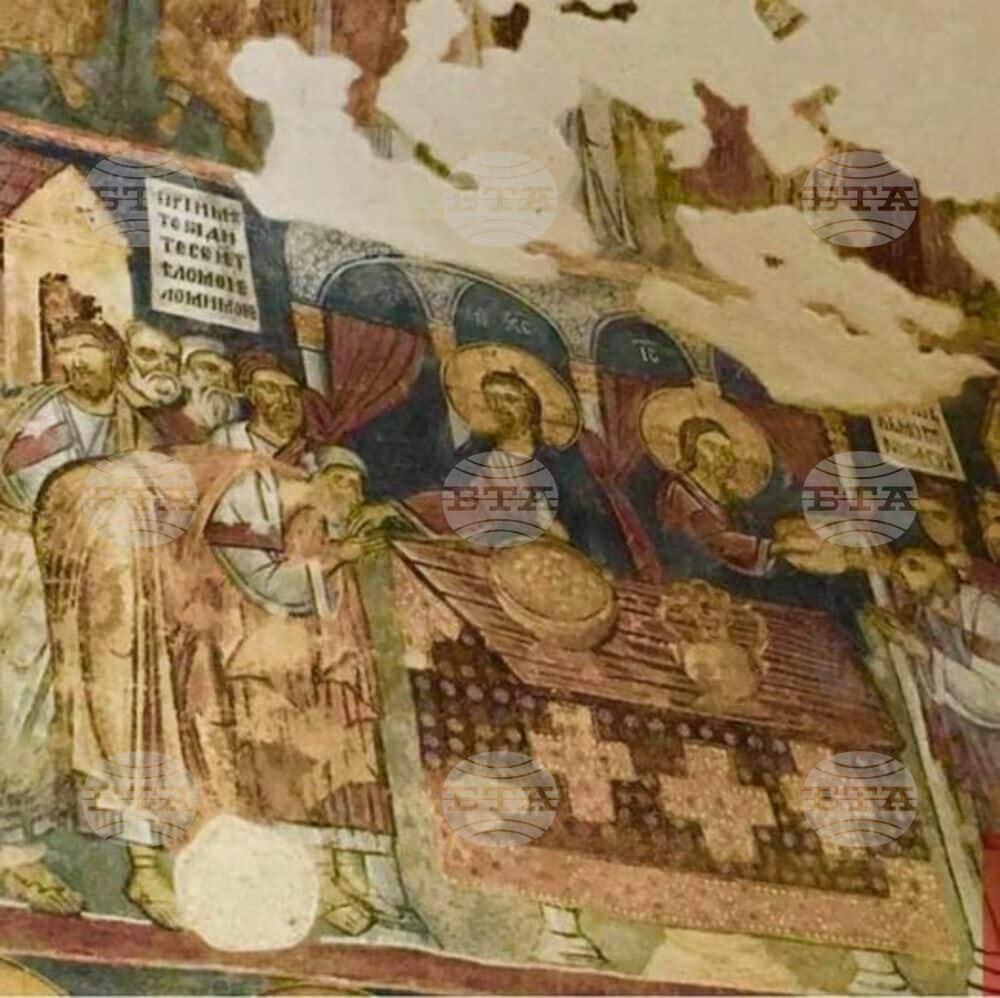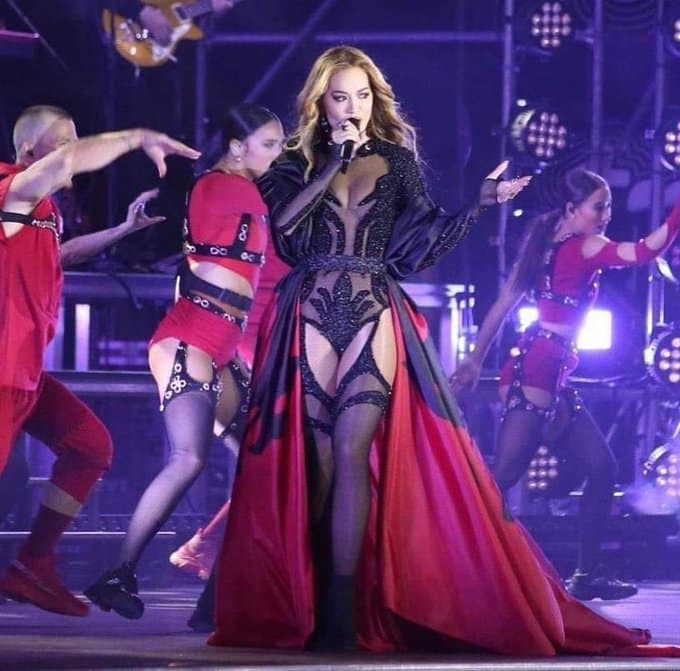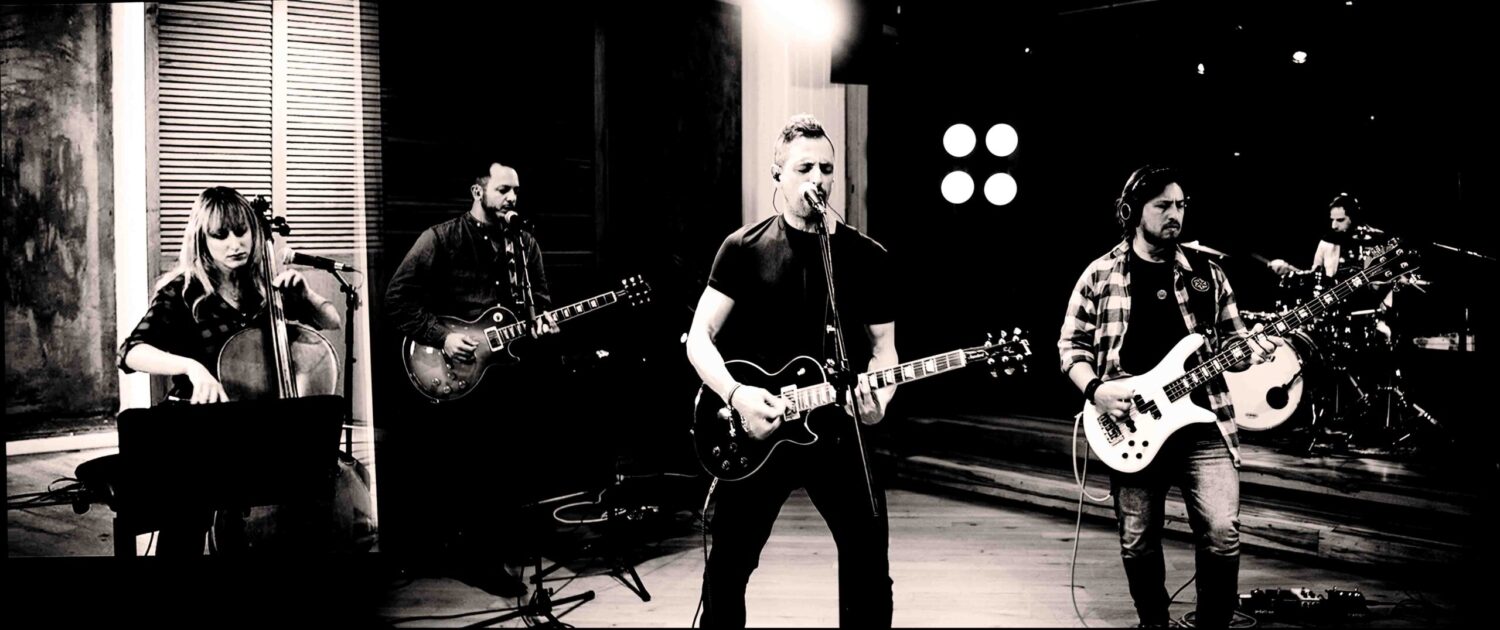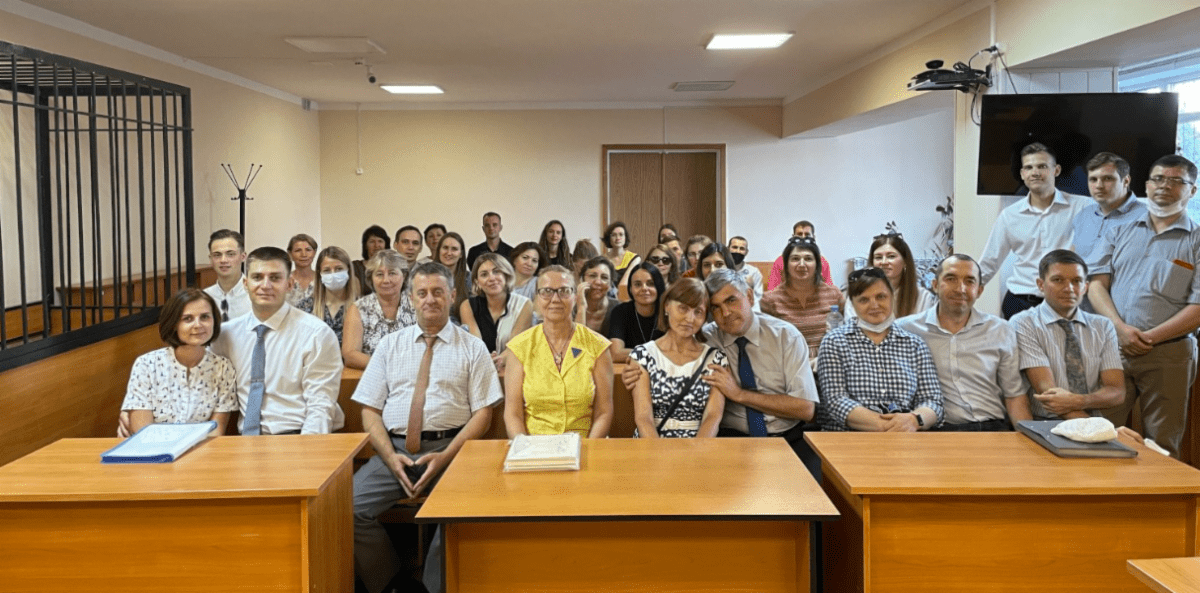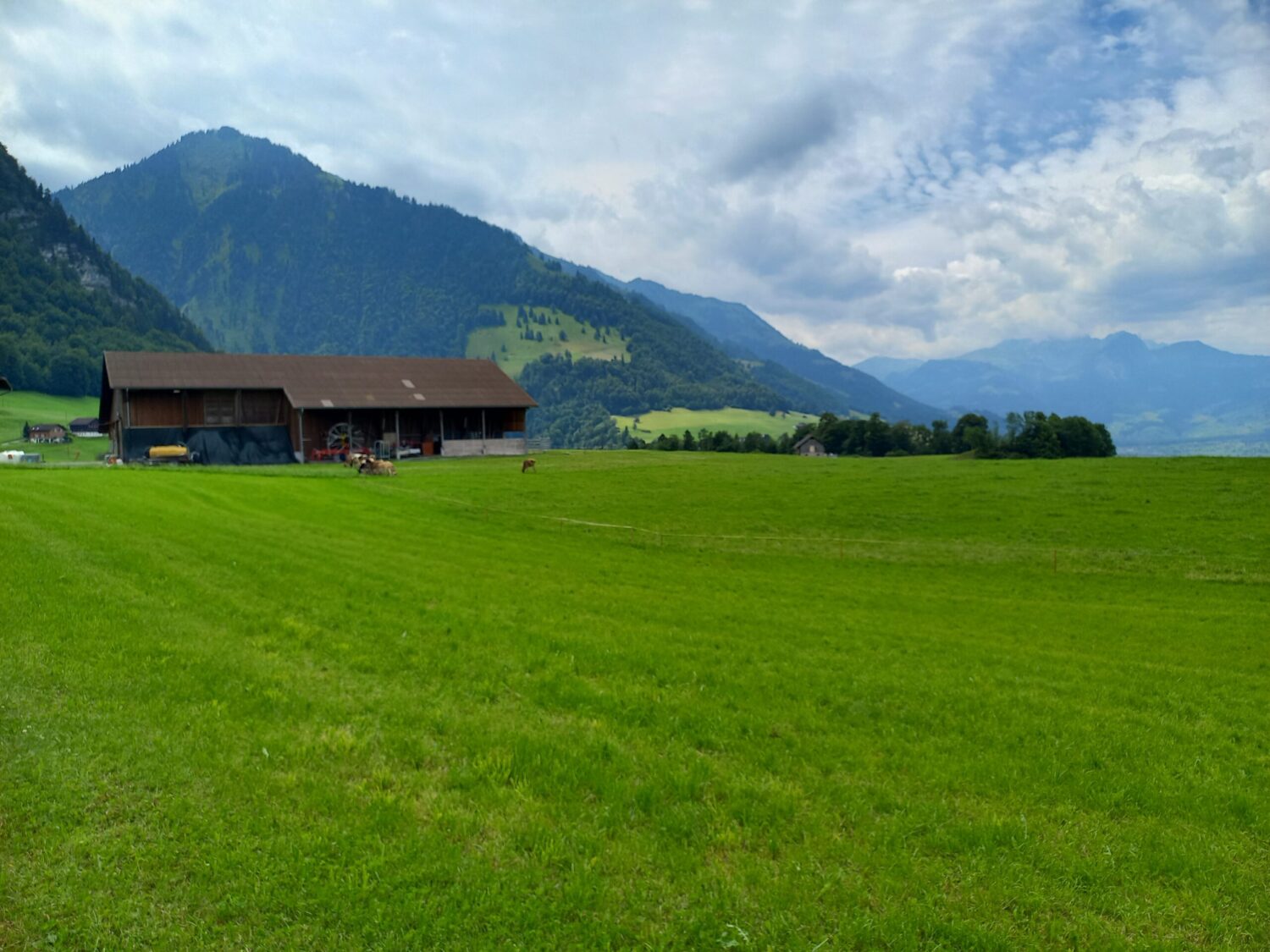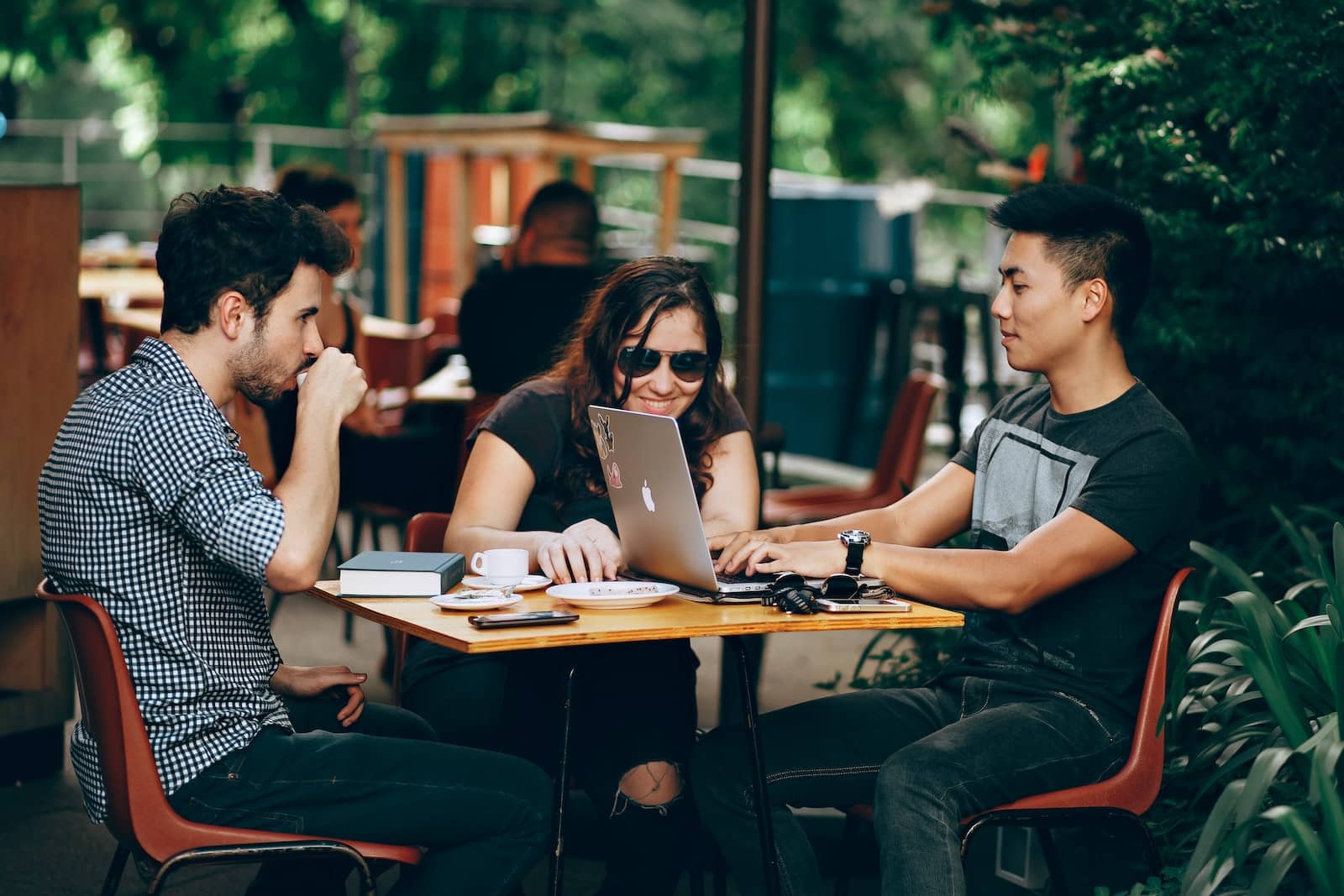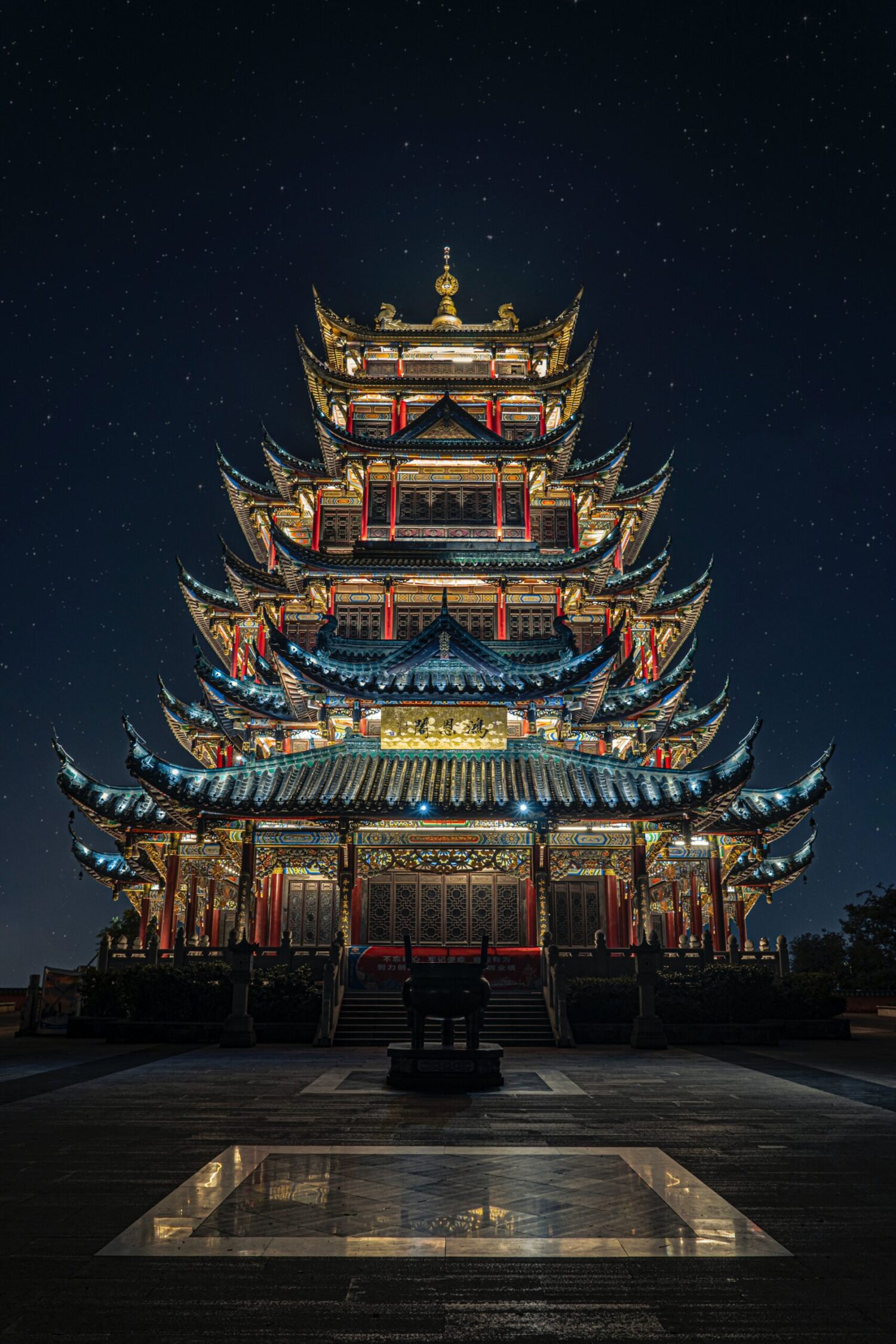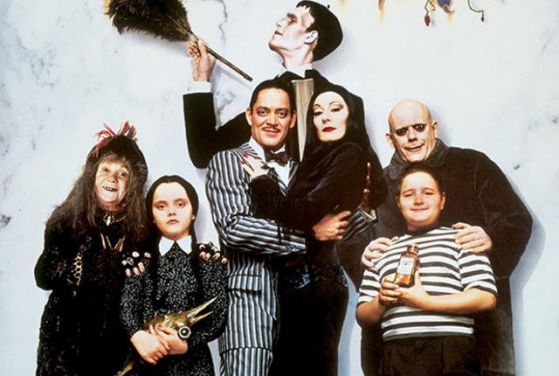A year ago, Russian Orthodox Church’s Patriarch Kirill had congratulated Gorbachev for his 90th birthday. But that was before the war. When the last President of the Soviet Union passed away a few days ago, Kirill remained silent, offering no condolences, and issuing no statement. That does not seem to be a mistake.
In fact, the hardliners of the Russian Orthodox Church (ROC) have a grudge against Gorbachev. That might seem weird, when you know he is the one who put an end to 70 years of repression (with ups and downs) of the Orthodox believers in the Soviet Union. In 1988, Gorbachev had a 90 minute meeting with Patriarch Pimen, where he acknowledged the Soviet Union’s mistakes toward the church and promised a new era of religious freedom. And he fulfilled his promise.
Gorbachev’s meeting with John Paul II
But even before enacting the famous law on religious freedom in 1990, Gorbachev extended the Russian leniency to more than only the Russian Orthodox Church. In December 1989, he met with the Pope John-Paul II (that was a premiere) and promised that the Soviet Union would guarantee freedom of religion at home. “People of many confessions, including Christians, Muslims, Jews, Buddhists and others live in the Soviet Union. All of them have a right to satisfy their spiritual needs,” Gorbachev said that day. The word “others” was definitely an open door for many religious denominations, and a vision that has been the nightmare of Putin’s regime, justifying a part of the hate they vow today to Mikhail Gorbachev.
Gorbachev was an atheist, even if baptized as an Orthodox when he was a kid. But his willingness to allow religious freedom in the Union gave birth to rumors that he was a Catholic. Even the then US President Reagan had speculated that Gorby could have been a “closet believer”. Whilst it could have been a compliment for Reagan, that was not the case in the Soviet Union, where political leaders and members of the party had to be atheists, or else. But for the ROC, being suspected of Catholicism is worse than being an atheist. Finally, in 2008, Gorbachev had to confirm to Interfax that he was an atheist: “”To sum up and avoid any misunderstandings, let me say that I have been and remain an atheist,” he stated.
A new law guarantying freedom of religion
In 1990, he signed the new law guarantying freedom of religion in the Union. This law, the “law on Freedom of religion”, adopted by the Supreme Court of USSR, has created a real breath of fresh air into which numerous religious movements from the West have rushed. That was too much for the ROC. While it allowed the ROC to increase their assets by millions and grow as never before for the last 70 years, they could not bear the arrival of potential competitors, and could not imagine that they would have to stand on an equal footing with all these “false prophets”, whether they were Catholics, evangelicals, Jehovah Witnesses or belonging to any of the thousand “sects” that started expanding in the country.
For these reasons, the Patriarch Alexy II of Moscow and his fellow Orthodox apparatchiks fought for a new law that they even drafted, and that Yeltsin passed in 1997. That was the end of religious freedom for all in Russia, and the ROC got all the protection and privileges it wanted at once. Since that date, new laws added to this one, restricting even further the religious liberty in Russia, which now is about to become a serious China’s competitor as regards religious repression.
For the ROC, freedom of religion is Western decadence
You then understand why Gorby did not receive any attention from Patriarch Kirill when he passed away. I guess Gorbachev does not care very much. Nevertheless, now that Kirill has been one of the most forceful defendants of the Russian war in Ukraine, justifying it with metaphysical considerations, he could definitely not be nice to the one who granted freedom to all the Western “cults” that he believes are the forces behind of the Maidan revolution in Ukraine, and that are a threat to the ROC hegemony in the former soviet Union area. Russian Nationalists, or should I say, “Russian world” nationalists, hate the West, so they hate Gorbachev for having opened the door to believers in Western born religions. They praise freedom when it’s granted to them and believe that others do not deserve it.
We believe freedom of religion for all is a universal right. They believe it’s decadence. Or they believe in their own profits, and do not want to share. Whatever reason is behind, Gorby was not the good guy for them. Putin believes he sold the Union. Kirill believes he sold the religious landscape of the Great Russia. In fact, Gorbachev sold nothing. He gave some freedom to his people, and that, whatever will happen during the next years, will stay and even come back further. As people of Russia tasted freedom of religion, and they will forever remember that it is possible, desirable, and finally vital to live a free and plain life.



